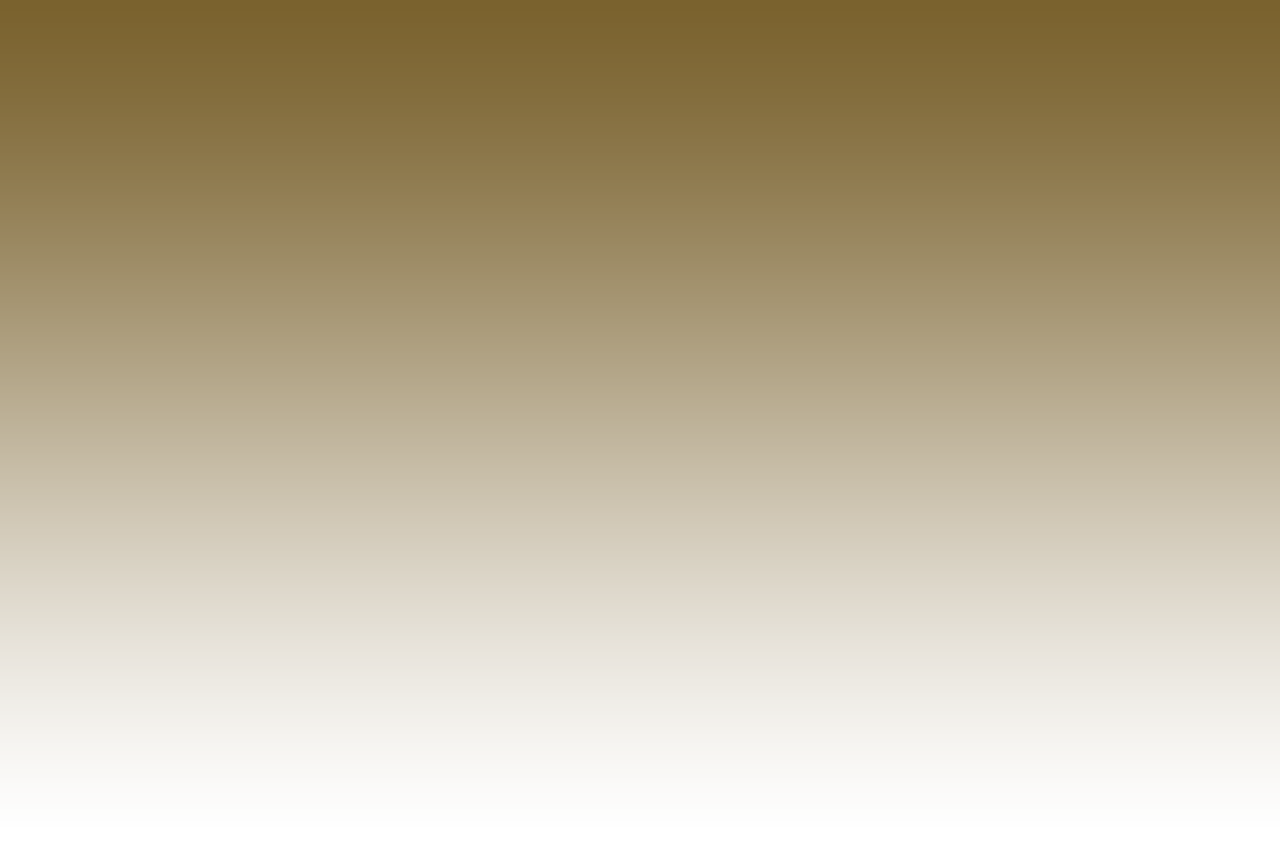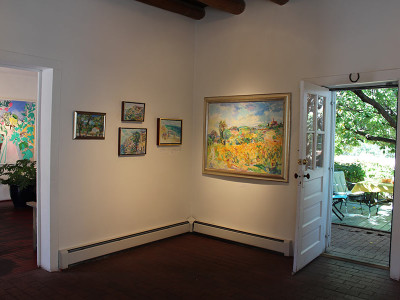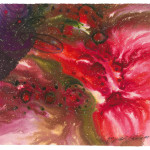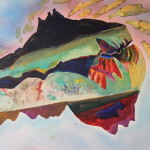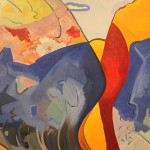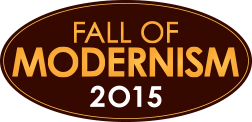
Ernesto Mayans Gallery
THE ERNESTO MAYANS GALLERY
601 Canyon Road
Santa Fe, NM 87501
505.983.8068
www.ernestomayansgallery.com
Located mid-Canyon Road, The Ernesto Mayans Gallery has occupied an 1888 adobe building for the 35 years it has been welcoming visitors. The original red wood floor in the entrance room, worn down by thousands of guests’ footsteps, leads to light filled spaces displaying oils, watercolors, sculptures, photographs and prints.
The apricot tree planted by Ernesto in the back garden when he opened the gallery defines the place, while at the same time is defined by it. It is a central point of reunion and conversations in this sight, built as a wedding gift for a young couple in the same year when Vincent Van Gogh was painting his sunflowers.
As guests move from room to room, one may hear the echoes of conversations with the masters. Traces of Georges Braque, Marsden Hartley, Louise Bourgeois, and Alexander Calder, among others, resonate in the responses to the world from the gaze and artistic gestures of modern and contemporary American and European artists. And rather than placing emphasis on art works as a collection of objects, the Gallery offers visitors a site for the emergence of creative works in a context of the relations among them—an ecology of art. This unfolding ecology invites visitors to engage and participate as they experience the Gallery.
Many of the artists in the Mayans Gallery have responded to the primal and primary landscape of New Mexico and the Southwest. On display are works by master colorist David Barbero (1938-1999), the subject of a forthcoming book by Jim Edwards, and the Taos watercolors by Keith Crown (1920-2010) an innovator of the medium (book by Sheldon Reich).
The original kiva fireplace room is dedicated to the work of Joel Greene, (book: New Mexican Modernist by Gussie Fauntleroy). Arthur Haddock (1895-1980), a friend and pupil of Maynard Dixon, is represented by his oils and watercolors, and by A Painter’s Life, the book on Haddock by Ernesto Mayans.
Dan Namingha’s evocative landscapes of ceremony and memory are on view (book by Thomas Hoving), together with Ann Devine’s watercolor studies of deep time in the Abiquiu geology. Viewers can enjoy Kathleen McCloud’s crossing the borders of painting, printmaking and writing; Natalie Goldberg’s gouaches (and her several books on writing and painting), Susan Paradise’s River and Rocks monotypes, Babette Landau’s pastels in the French tradition, and Lara Nickel’s block embroideries.
